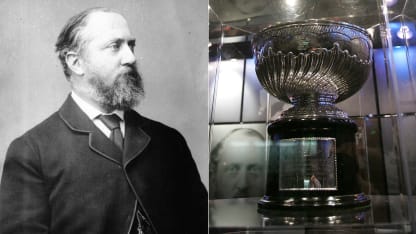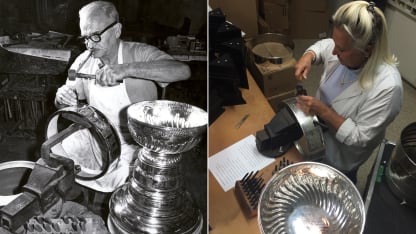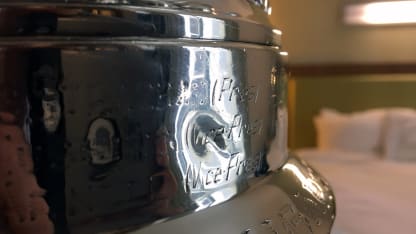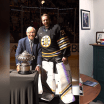Every 13 years when the bottom band of the Stanley Cup is filled with names of champions, the top band is removed and retired to be displayed in the vault of the Hockey Hall of Fame in Toronto. The current top band, featuring NHL championship teams from 1953-54 to 1964-65, is coming off, and four bands below it are sliding up one place to make room for a fresh fifth band at the bottom that will begin with the 2017-18 Washington Capitals. Each day through Oct. 2, NHL.com will look at one of the 12 Cup-winning teams leaving hockey's most coveted trophy. NHL.com columnist Dave Stubbs explains what makes the trophy so unique and writes of his experience researching the project.
Stanley Cup evolving again with removal of 12 champions
NHL.com series looks at teams leaving trophy, hockey's ever-changing monument

Legendary names to be removed from the Stanley Cup






















